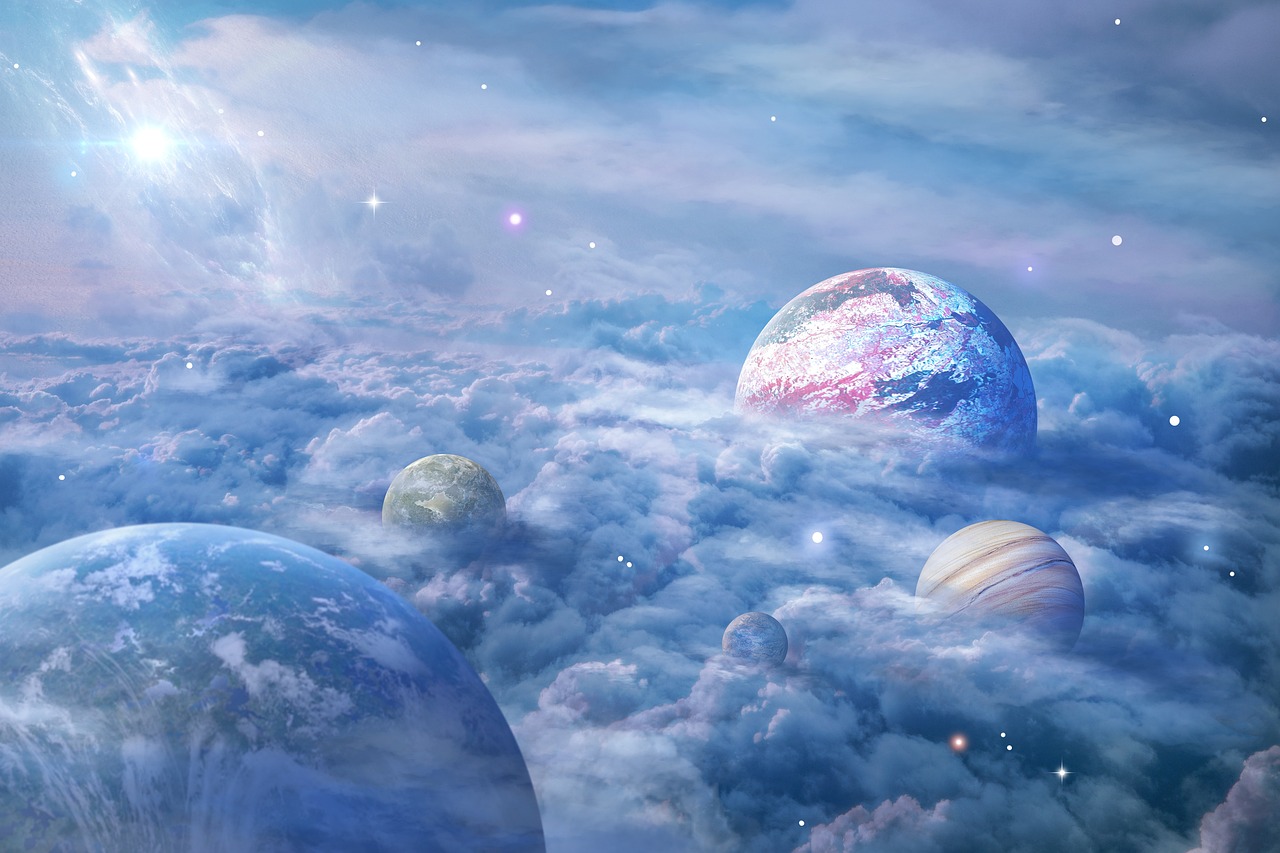Introduction: Our Fascinating Solar System
Our solar system is a captivating wonder that has mesmerized scientists and stargazers alike for centuries. With a dazzling array of planets, each unique in its own way, the exploration of our cosmic neighborhood continues to unveil intriguing mysteries. In this comprehensive academic article, we delve into the enchanting world of our solar system’s planets, shedding light on their mesmerizing features, intriguing compositions, and the quests to uncover their secrets.
Mercury: The Mysterious Planet Closest to the Sun
Mercury, the closest planet to the Sun, is a celestial enigma that continues to fascinate astronomers. Its scorching days and freezing nights make it a harsh environment, while its lack of an atmosphere exposes it to the full force of the Sun’s radiation. With its bewildering surface features and a magnetic field unlike any other planet, the exploration of Mercury has provided invaluable insights into the formation and evolution of our solar system.
Mercury’s stark landscape, peppered with impact craters and ancient lava-filled basins, paints a picture of a planet shaped by violent cosmic events. Scientists have also marveled at its elongated orbit and peculiar orbital resonance, resulting in a unique dance around the Sun. Unraveling the mysteries of Mercury offers a tantalizing glimpse into the early stages of our solar system’s creation.
Venus: Earth’s Unforgiving Twin
Venus, our neighboring planet often referred to as Earth’s twin, presents a stark contrast to its serene appearance. Beneath its thick, toxic atmosphere lies a seething inferno, with blistering temperatures that can melt lead. Its atmospheric pressure is a crushing 92 times that of Earth, making it a hostile environment for exploration.
Despite these extreme conditions, Venus has long captivated scientists with its mysterious cloud cover and runaway greenhouse effect. Understanding the mechanisms behind Venus’s atmospheric composition and its drastic climate change can provide valuable insights into the delicate balance that allows life to flourish on Earth.
Mars: The Red Planet Beckons
Mars, often described as the most Earth-like planet in our solar system, has long been a subject of fascination for both scientists and dreamers. Its rusty-red landscape, carved by ancient rivers and colossal volcanoes, hints at a history rich with liquid water and the potential for life.
Exploration missions to Mars have uncovered mesmerizing insights, from the discovery of ice beneath the planet’s surface to tantalizing hints of organic molecules. Mars’s allure lies not only in unraveling its past but also in the possibility of future human colonization. As we continue to explore this neighboring planet, we inch closer to answering the age-old question: Are we alone in the universe?
Jupiter: The Giant of the Solar System
Jupiter, the largest planet in our solar system, is a behemoth with its mesmerizing bands of clouds, violent storms, and a swirling, iconic Great Red Spot. It exerts a powerful gravitational pull, shaping the orbits of other celestial bodies in its vicinity.
Scientists have marveled at Jupiter’s intricate system of moons, with the four largest — Io, Europa, Ganymede, and Callisto — known as the Galilean moons. These moons harbor an astonishing array of geological features, such as active volcanic activity on Io and the potential for liquid water beneath the icy surface of Europa. Unlocking the secrets of Jupiter and its moons offers valuable insights into the dynamics of planetary systems and the potential for habitability beyond Earth.
Saturn: The Ringed Wonder
Saturn, with its mesmerizing rings, is often regarded as the jewel of the solar system. These iconic rings, composed of countless particles of ice and rock, evoke a sense of grandeur and beauty. But beyond its stunning appearance, Saturn has captivated scientists with its intriguing features.
One of the most fascinating aspects of Saturn is its hexagonal polar vortex, a swirling storm that resides at the planet’s north pole. This enigmatic phenomenon, larger than Earth itself, has puzzled scientists for decades. Saturn’s rings also provide valuable insights into the processes that shape planetary systems and the formation of celestial bodies.
Conclusion: A Universe of Wonders
Our solar system, with its diverse planets and celestial bodies, continues to reveal awe-inspiring wonders that challenge our understanding of the universe. From the scorching plains of Mercury to the icy depths of Neptune, each planet holds its own secrets and mysteries waiting to be unraveled. As our exploration and understanding of the solar system advance, we move ever closer to unlocking the enigmas of our cosmic neighborhood and unraveling the mysteries of the universe itself.


